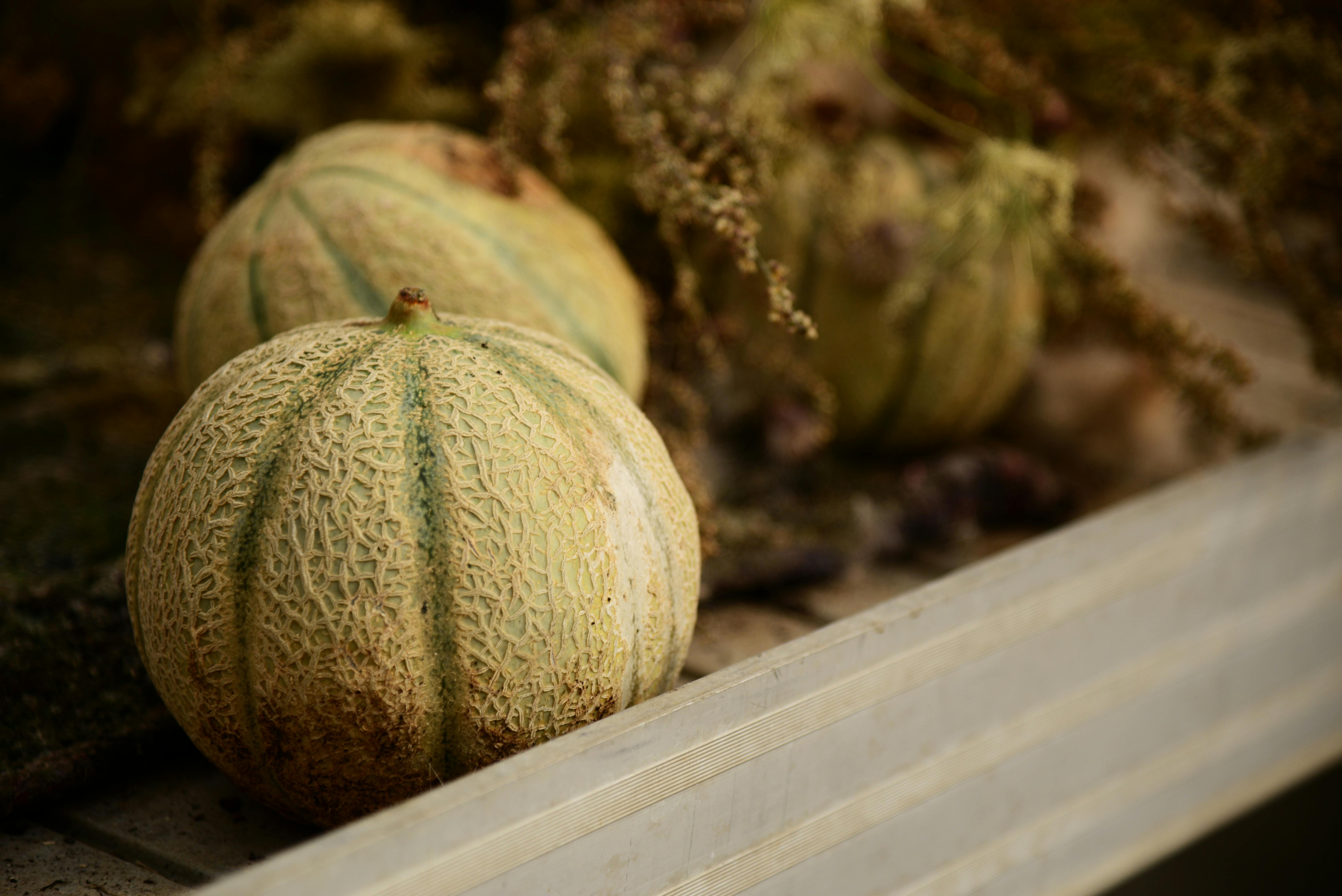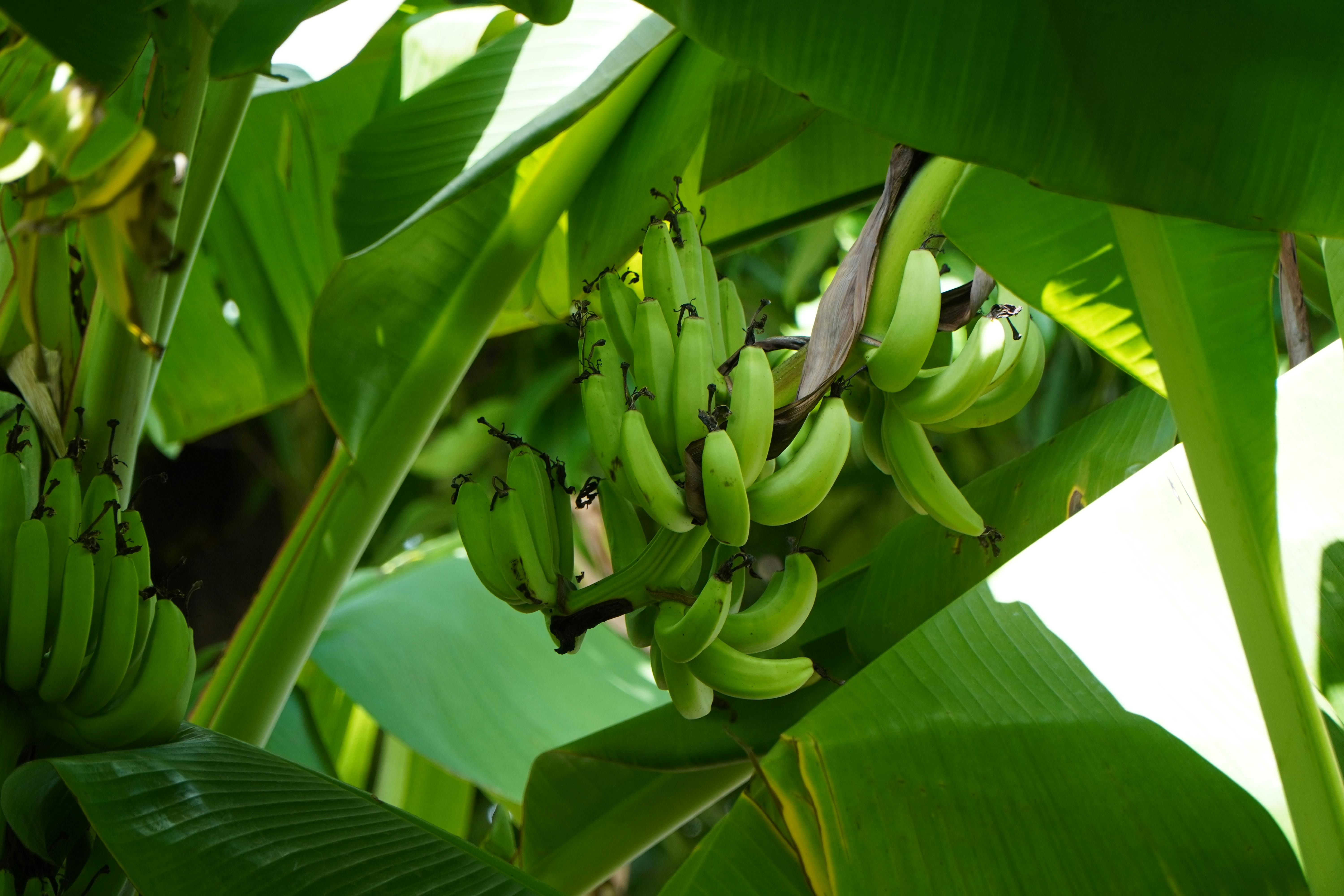Definition of Sloe Fruit
Sloe fruit, also known as Prunus spinosa, is a small, tart, dark purple fruit that is related to the plum. It grows on a shrub or small tree that is native to Europe and parts of Asia and North Africa. Sloe fruit is used to make sloe gin, jams and jellies, and it can also be eaten raw in salads or as a garnish. Sloes are also used for making liqueurs, wines, and cordials. The flavor of sloes is slightly sour and astringent, but the taste can vary depending on the variety of sloe being used. Sloes are high in Vitamin C and have antioxidant properties. They are also rich in calcium, potassium, magnesium, iron, zinc, and other minerals.Origin of Sloe Fruit
The sloe fruit is a type of blackthorn berry native to Europe and western Asia. It is a small, dark blue-purple colored fruit that is tart and acidic with a unique flavor. Sloes are most commonly used in jams and jellies, but they can also be used to make liqueurs, syrups, wines, and cordials. The sloe has been used as a traditional medicine for centuries in many cultures. It is believed to have diuretic, antispasmodic, and laxative properties.Sloes are generally harvested from the wild in late autumn or early winter when they are ripe. They are then either eaten fresh or preserved for later use. As the sloe ripens, its flavor becomes more intense and sweet. Sloes can be frozen or dried for later use in recipes or can be made into a syrup or liqueur. The sloe’s sharp flavor makes it an ideal ingredient for making alcoholic beverages such as gin and vermouth.
Sloes are also an important part of the traditional British cuisine known as hedgerow cuisine. This style of cooking uses wild fruits such as sloes that can be found growing along hedgerows or other areas with natural vegetation in Britain. Sloes can also be used to make sauces, jams, jellies, chutneys, pies and cakes. They have been used in cooking since ancient times and are still popular today.
The sloe fruit has been a part of European culture for centuries and continues to be an important part of many cuisines around the world today. Its tart flavor makes it an ideal ingredient for making jams and jellies as well as alcoholic beverages like gin. Sloes can also be used to make sauces, chutneys, pies, cakes and more!
Nutritional Information of Sloe Fruit
Sloe fruit, a member of the plum family, is an edible fruit that is rich in vitamins and minerals. It is a small, dark-purple berry that has a sweet and tart flavor. Sloe fruit has been used for centuries as a natural remedy for many ailments and as an additive to food. It is also known for its high levels of antioxidants.The health benefits of sloe fruit are numerous. It is loaded with vitamins such as vitamin A, C, and E, as well as minerals such as calcium, iron, magnesium, phosphorus, potassium, and zinc. These vitamins and minerals help to boost the immune system and promote healthy skin. Additionally, sloe fruit contains high levels of dietary fiber which can help to regulate digestion and keep you feeling fuller for longer periods of time.Sloe fruit also contains many powerful antioxidants such as polyphenols and flavonoids which help to protect against free radical damage caused by environmental pollutants like smog and cigarette smoke. These antioxidants also help to reduce inflammation in the body which can lead to various diseases such as heart disease and cancer.In terms of calorie content, sloe fruit contains very few calories per serving with only 45 calories in 100g of sloe berries. This makes it an ideal snack choice when trying to lose weight or maintain your current weight. Furthermore, it has a low glycemic index meaning that it will not cause drastic spikes in your blood sugar levels when consumed in moderation.Overall sloe fruit is an excellent source of vitamins and minerals that can improve overall health and wellness when consumed regularly. It is also low in calories making it the perfect snack choice for those looking to control their dietary intake without sacrificing important nutrients like fiber or antioxidants.How to Identify Sloe Fruits
Sloe fruits are small, dark-colored berries that have a tart flavor and can be found growing wild in many parts of the world. They are members of the “stone fruit” family, which includes other fruits such as cherries, plums, and apricots. Sloes are often used to make jams, jellies, syrups, and liqueurs. If you’re looking for sloes, it’s important to know how to identify them correctly. Here are some tips for identifying sloe fruits.The first step to identifying sloe fruits is to look at their color. Sloes are deep purple or blue-black in color and have an almost waxy texture. They appear slightly larger than blueberries and have a slight reddish tint when viewed from a distance. The skin of the fruit is thin, so it’s easy to tell whether it’s ripe or not. Ripe sloe fruits will be soft and juicy while unripe ones will be firm and contain a bitter flavor.
The next thing to look for when identifying sloes is their shape. Sloes usually grow in clusters on shrubs or trees and have an oval or round shape with a pointed tip at one end. The size of the fruit varies from about half an inch in diameter up to one inch in diameter depending on the variety of the plant they come from.
When you think you may have located some sloes, take a closer look at the leaves around the fruit clusters as well as any flowers that may be present near them. Sloe plants typically have bright green leaves with serrated edges that grow alternately on stems or branches near clusters of ripe fruit. The flowers associated with sloe plants are also small and white with five petals each.
Finally, taste is another way to identify sloe fruits; they should have a tart flavor with hints of almond or almond extract when tasted fresh off the shrub or tree branch where they grow naturally. If you find a group of dark berries that taste sweet instead of tart, they are probably not sloes but some other type of berry altogether.
Identifying sloe fruits can take some practice but is well worth it if you want to use them in recipes that require their unique flavor profile or simply enjoy snacking on them straight from the bush! With these tips in mind, you should be able to easily identify any wild-growing sloe fruits that you come across during your outdoor explorations!

Where to Find Sloe Fruits
Sloe fruits are a type of wild berry native to the United Kingdom and other parts of Europe. They are typically found growing in hedgerows, wooded areas, or on the edge of fields. Sloe fruits have a sweet, tart flavor and are used in jams, jellies, liqueurs, and other alcoholic beverages. To find sloe fruits in the wild, look for plants with thorns and small purple-black berries during late summer or early autumn. The best time to pick them is when they are fully ripe. Be sure to wear gloves when picking sloe fruits, as some varieties have sharp thorns that can cause painful scratches or puncture wounds. You can also purchase sloe fruits from specialty stores or online retailers if you don’t want to go out and search for them yourself.What are Sloe Fruits?
Sloe fruits are small, dark, and tart fruits that grow on the blackthorn shrub. They are a relative of the plum and have a similar taste. Sloes are usually harvested in late summer or early fall, when they turn a deep purple color. The fruits have a thin skin that is often covered with downy white hairs. Sloes can be eaten fresh off the tree or cooked into jams and preserves for later use.How to Harvest Sloe Fruits
Sloe fruits should be harvested when they are ripe, usually around late summer or early fall. To harvest sloes, use a pair of scissors to cut the stem just above the fruit. It is important to wear gloves while harvesting sloes as their thorns can be quite sharp. Once harvested, sloes should be stored in an airtight container in the refrigerator for up to two weeks.How to Prepare Sloe Fruits
Before consuming sloe fruits, it is important to remove the bitter tasting stones inside them. To do this, cut each fruit in half and then use a spoon or knife to scoop out the stone from its center. Once all of the stones have been removed, you can either eat the sloe fruits raw or cook them into jams and preserves.How to Eat Sloe Fruits
Sloe fruits can be eaten raw as a snack or added to salads and desserts. They also make delicious jams and jellies that can be served on toast or scones as part of breakfast or tea time treats. Sloes also make excellent flavors for gin cocktails such as sloe gin fizzes and sloe berry sangrias.What Is the Difference Between Sloe Fruit and Sloes?
Sloe fruit and sloes refer to the same berry from the blackthorn shrub. While “sloe fruit” emphasizes its edible nature, “sloes” is merely the plural term. To truly appreciate these unique berries, one must learn to discover the characteristics of sloes, including their tart flavor and vibrant color.
Storing Sloe Fruits
Storing sloe fruits can be a bit tricky, as they are highly perishable. To ensure the longest possible shelf life, it is important that they are stored correctly. The best way to store sloe fruits is in a cool, dry place away from direct sunlight. An ideal temperature is between 10 and 15 degrees Celsius. Proper ventilation is also important as this will help to reduce humidity levels. Sloe fruits should not be stored in an airtight container or plastic bag, as this can cause condensation and cause them to spoil quickly.It is also important to store sloe fruits away from other foods that may produce ethylene gas, such as apples and avocados, as this can accelerate the deterioration process. If storing for longer than one week, it may be beneficial to wrap the sloes in paper towels, which will absorb any excess moisture and help keep them fresher for longer. It is not recommended to freeze sloes as they do not respond well to freezing temperatures and can become mushy when thawed.
If you have too many sloes for immediate consumption, you can make jams and preserves with them which will allow you to enjoy their unique flavour all year round!

Conclusion
Sloe fruit is an amazing and versatile fruit that can be used in many different ways. It is a great source of vitamins, minerals, and antioxidants, and can be used to make jams, jellies, syrups, wines and spirits, liqueurs, and even jams. Sloe fruit is also a great addition to salads and desserts. Sloe berries are an easy-to-find ingredient that can be used in many recipes to give them a unique flavor. Sloe fruits are not only delicious but also offer many health benefits. They are low in calories and contain high levels of fiber which can help improve digestion. Additionally, they have anti-inflammatory properties which can help reduce inflammation in the body. Overall, sloe fruits are a tasty addition to any diet that can provide many health benefits.Sloe fruit is a versatile and nutritious food item that should definitely be included more often in our diets. It has a unique flavor which will add a special touch to any recipe it is added to. Sloe fruits are easy to find at most grocery stores or farmers’ markets throughout the year and can be enjoyed in many different ways. So why not try adding some sloe fruits into your next meal?



